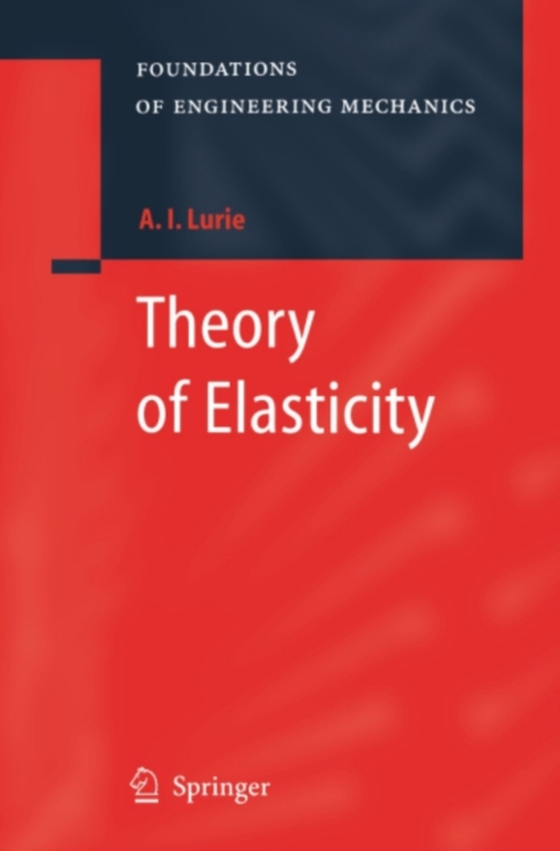
Theory of Elasticity e-bog
2190,77 DKK
(inkl. moms 2738,46 DKK)
The classical theory of elasticity maintains a place of honour in the science ofthe behaviour ofsolids. Its basic definitions are general for all branches of this science, whilst the methods forstating and solving these problems serve as examples of its application. The theories of plasticity, creep, viscoelas- ticity, and failure of solids do not adequately encompass the significance of the me...
E-bog
2190,77 DKK
Forlag
Springer
Udgivet
30 maj 2010
Genrer
Classical mechanics
Sprog
English
Format
pdf
Beskyttelse
LCP
ISBN
9783540264552
The classical theory of elasticity maintains a place of honour in the science ofthe behaviour ofsolids. Its basic definitions are general for all branches of this science, whilst the methods forstating and solving these problems serve as examples of its application. The theories of plasticity, creep, viscoelas- ticity, and failure of solids do not adequately encompass the significance of the methods of the theory of elasticity for substantiating approaches for the calculation of stresses in structures and machines. These approaches constitute essential contributions in the sciences of material resistance and structural mechanics. The first two chapters form Part I of this book and are devoted to the basic definitions ofcontinuum mechanics; namely stress tensors (Chapter 1) and strain tensors (Chapter 2). The necessity to distinguish between initial and actual states in the nonlinear theory does not allow one to be content with considering a single strain measure. For this reason, it is expedient to introduce more rigorous tensors to describe the stress-strain state. These are considered in Section 1.3 for which the study of Sections 2.3-2.5 should precede. The mastering of the content of these sections can be postponed until the nonlinear theory is studied in Chapters 8 and 9.
 Dansk
Dansk

